This page has been made possible by Ruurd-Jelle van der Leij & Astrid Schute photography
Tailored to fit in and between the reed
Screaming piglet
Water rails are very shy birds and are much easier heard than seen. Their slightly horrific call resembles a screaming piglet, which can often be perceived from dense reed beds and swamps at dusk and dawn. The only conspicuous element of their appearance is the white spot under their tail, which they often flag in an upright position. As with Roe deer, this may serve to make it easier to see and follow the bird, for example when they move about among the reed with their young.
Narrowed down
Although water rails seem quite stocky chicken-like swamp birds from a distance, they can crawl through the smallest openings between reed stalks with ease.
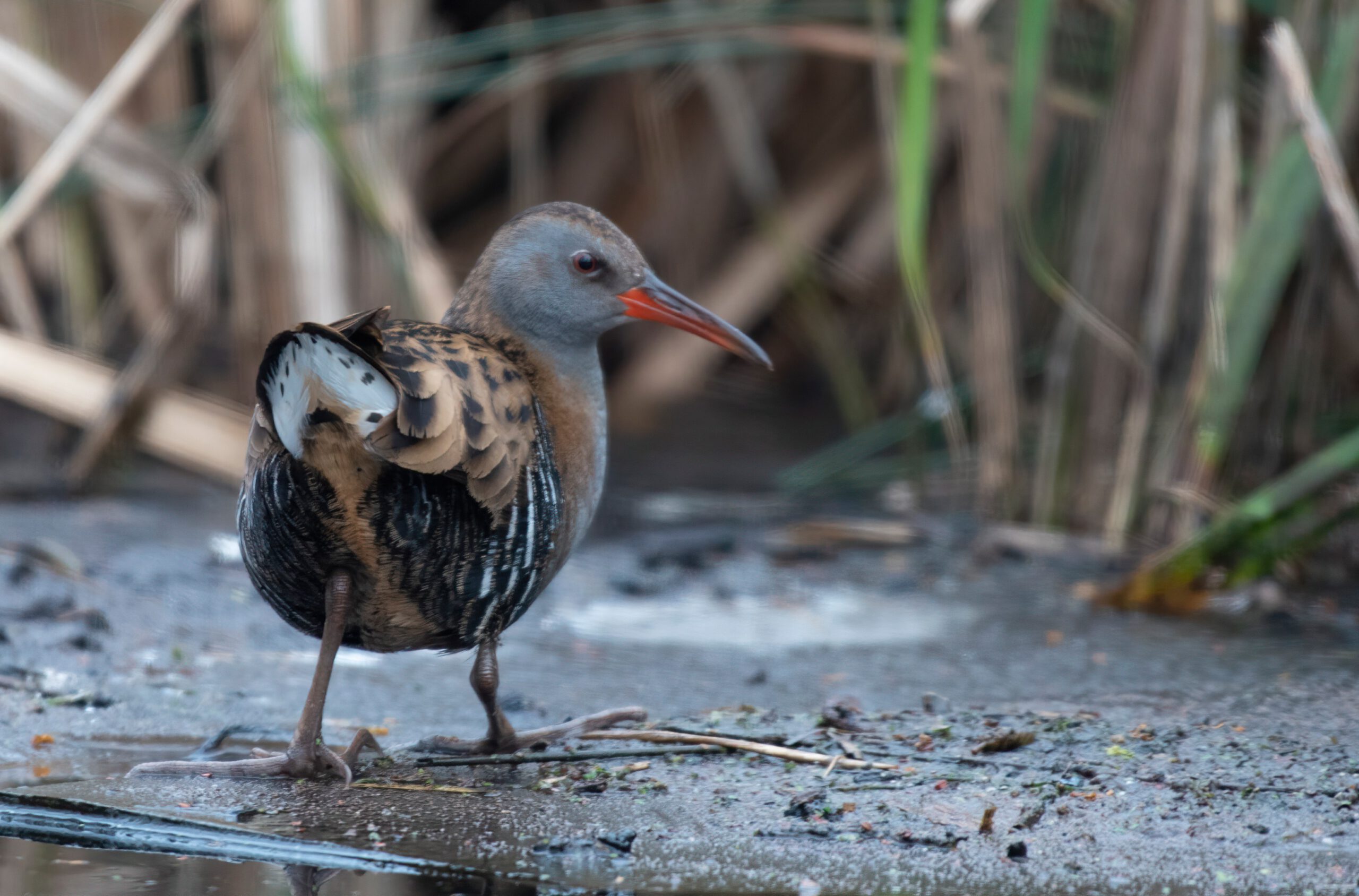
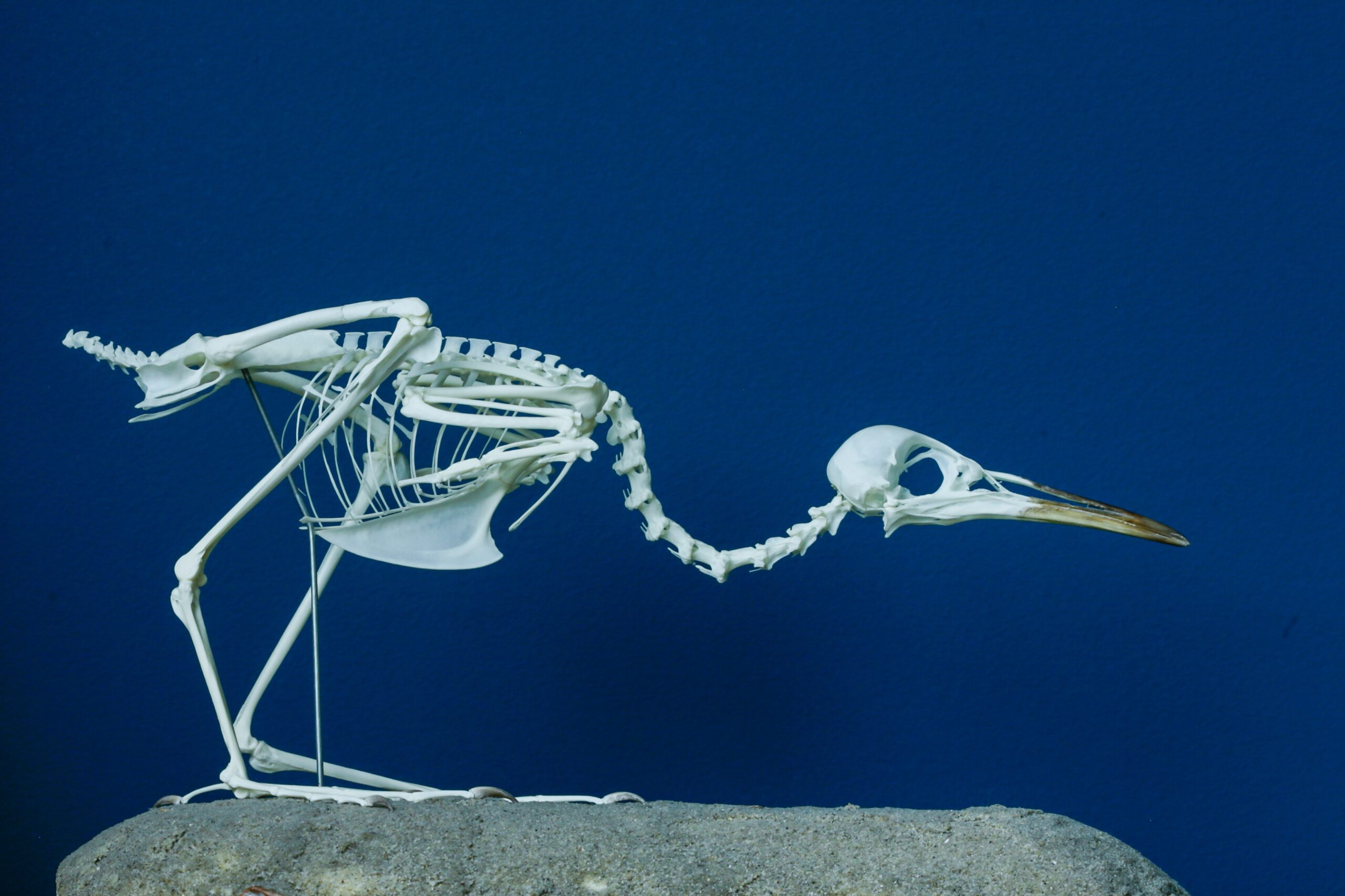
Water rails are residents in a large part of their Western European range, in which their thick plumage with a dense layer of downy feathers keeps them warm during winter. These feathers make them look much larger than they are; their true size and abnormal body architecture is revealed by their extremely narrow breastbone, rib cage and pelvis, which enable them to narrow their body extremely when manoeuvring through dense reed beds and grasslands.
Having a body narrowed down so extremely has a large impact on their internal organisation in and around the torso. To accommodate large muscles and internal organs water rails have long dorsal ribs, which make the laterally compressed torso higher to create space for the internal organs.
The breastbone shows the same adaptation, being narrow but high in order to allow space for the flight muscles. The same goes for the leg muscles, which are well-developed in relationship with its walking-and-climbing lifestyle, but orientated in a way that keeps the body slim.

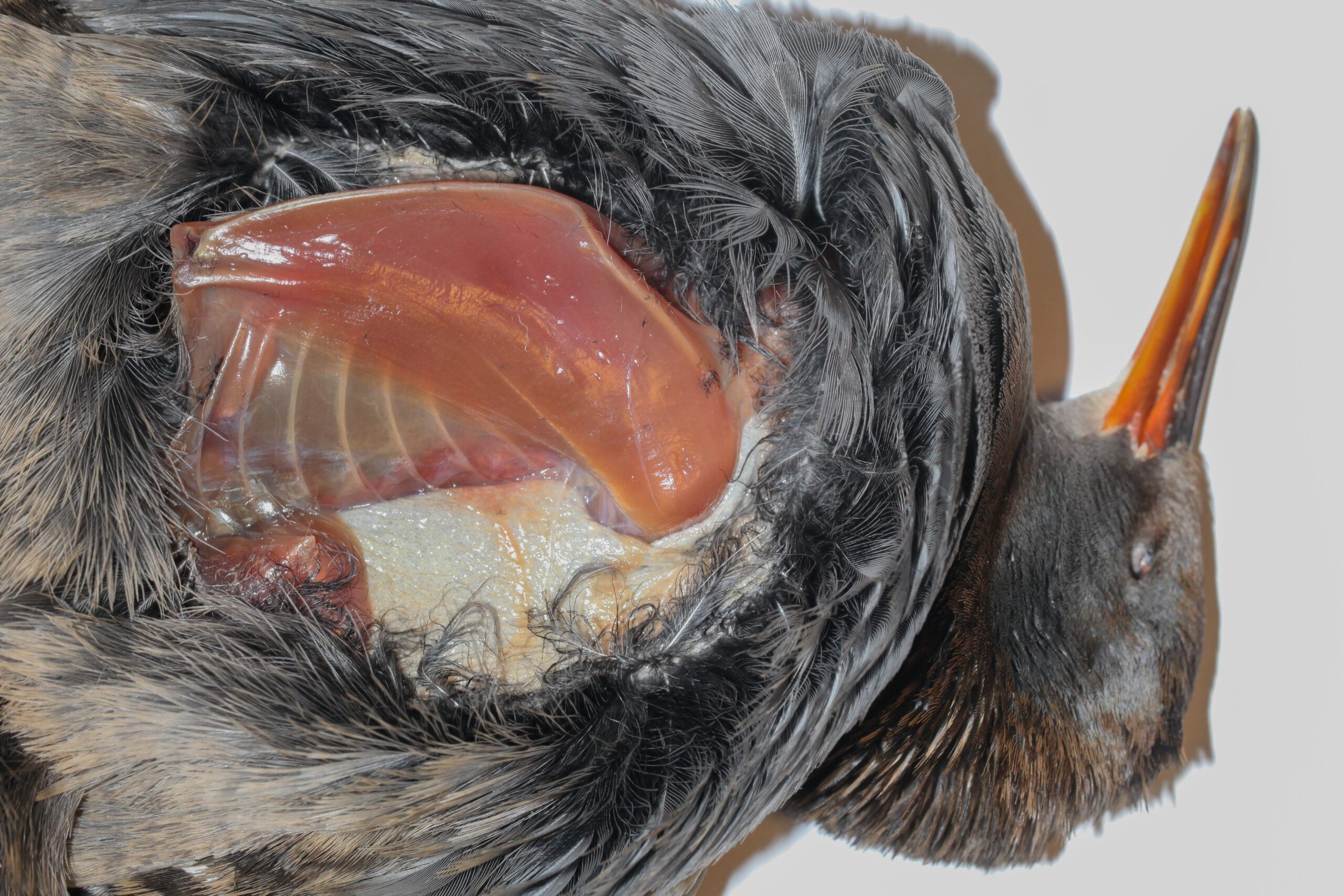

Reed acrobats
The water rail’s spine is long and the rib cage relatively short in order to make way for the large leg muscles, which they use to walk and climb while hunting various small animals. An additional advantage in this body plan is that the wings cover the knees at rest, which might be very helpful to prevent the legs from getting restrained in plants while wandering through dense vegetation.
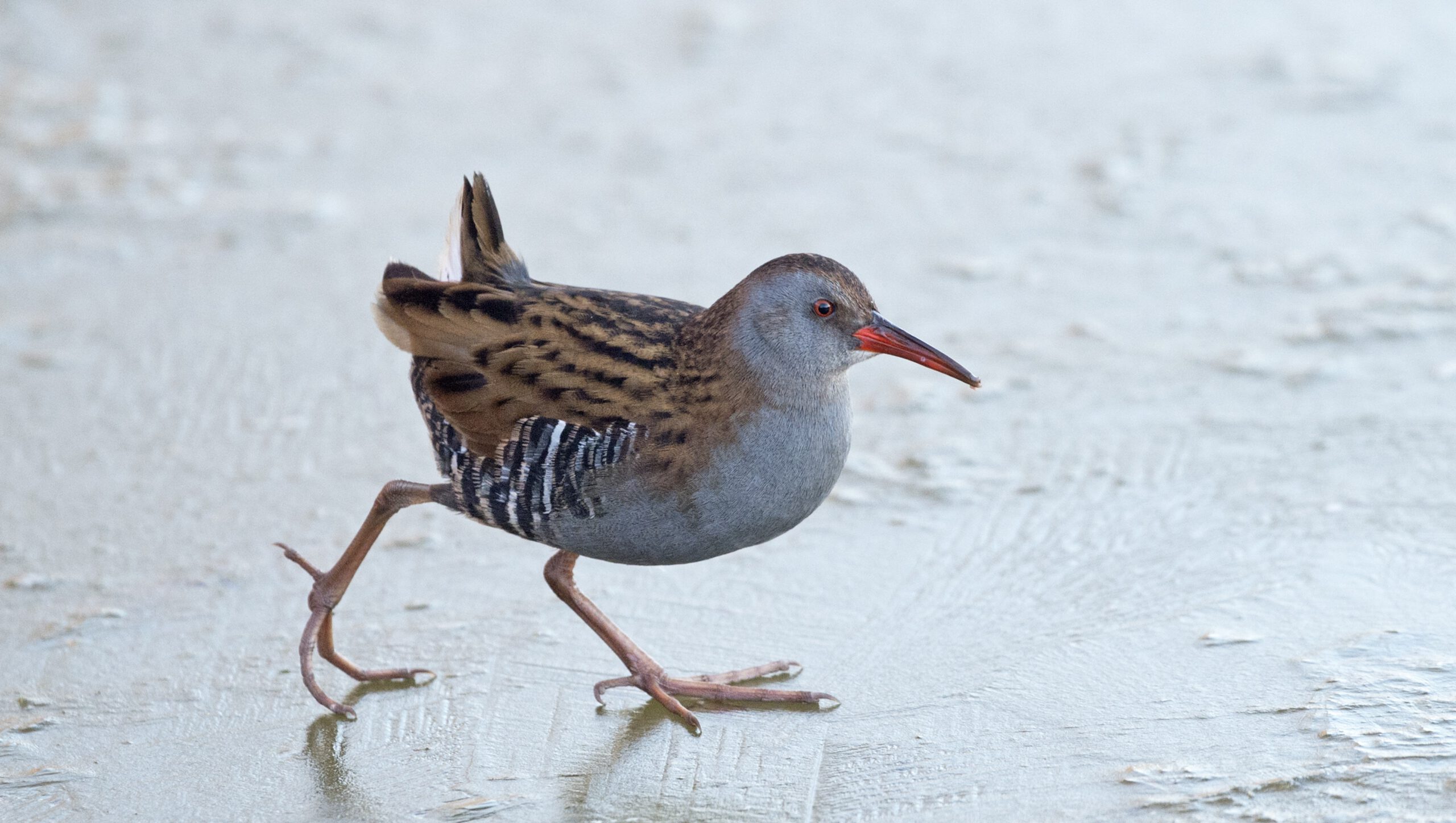
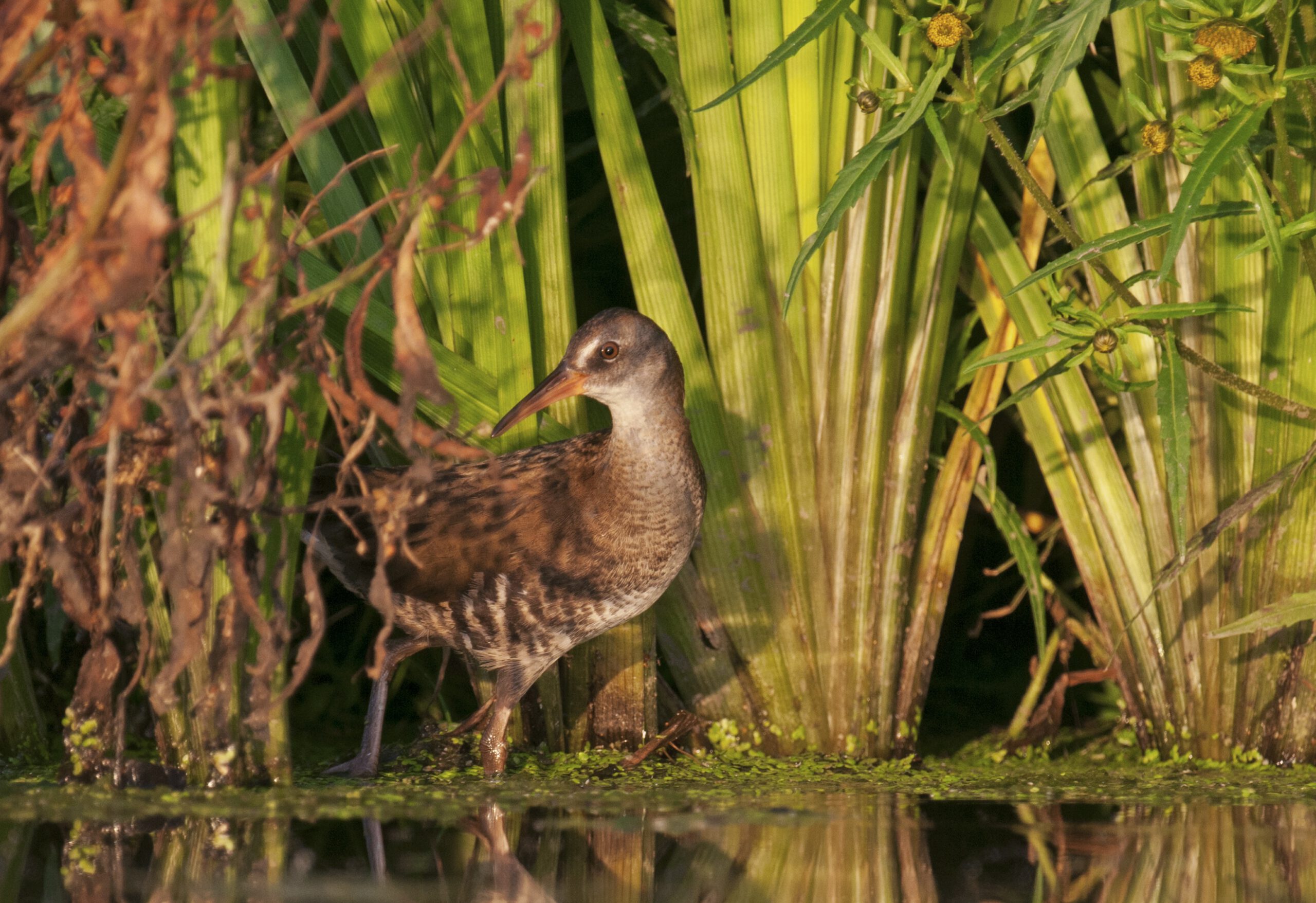
Using their legs is the way to go for these acrobats of the reeds, as walking, climbing, jumping and running are all part of the deal, being extra challenging in dense habitat. The legs show high flexibility in the joints in order to move around in such a maze. Water rails can pull up their knees up to their shoulders, and the legs can be spread far towards the sides, enabling them to hold very challenging postures for human standards.

“Water” rail?
Very long toes but no webbing at all between the toes reveal that water rails are no true water birds. Their long toes give them enough foot surface to carry their body on muddy or slippery underground on the one hand, and are perfect for grasping branches in case the bird has to climb. The hind toe is short, indicating that water rails hardly ever perch. So, although their name indicates otherwise, water rails are built to roam the shores and dense vegetation near water bodies, instead of living in and on the water.
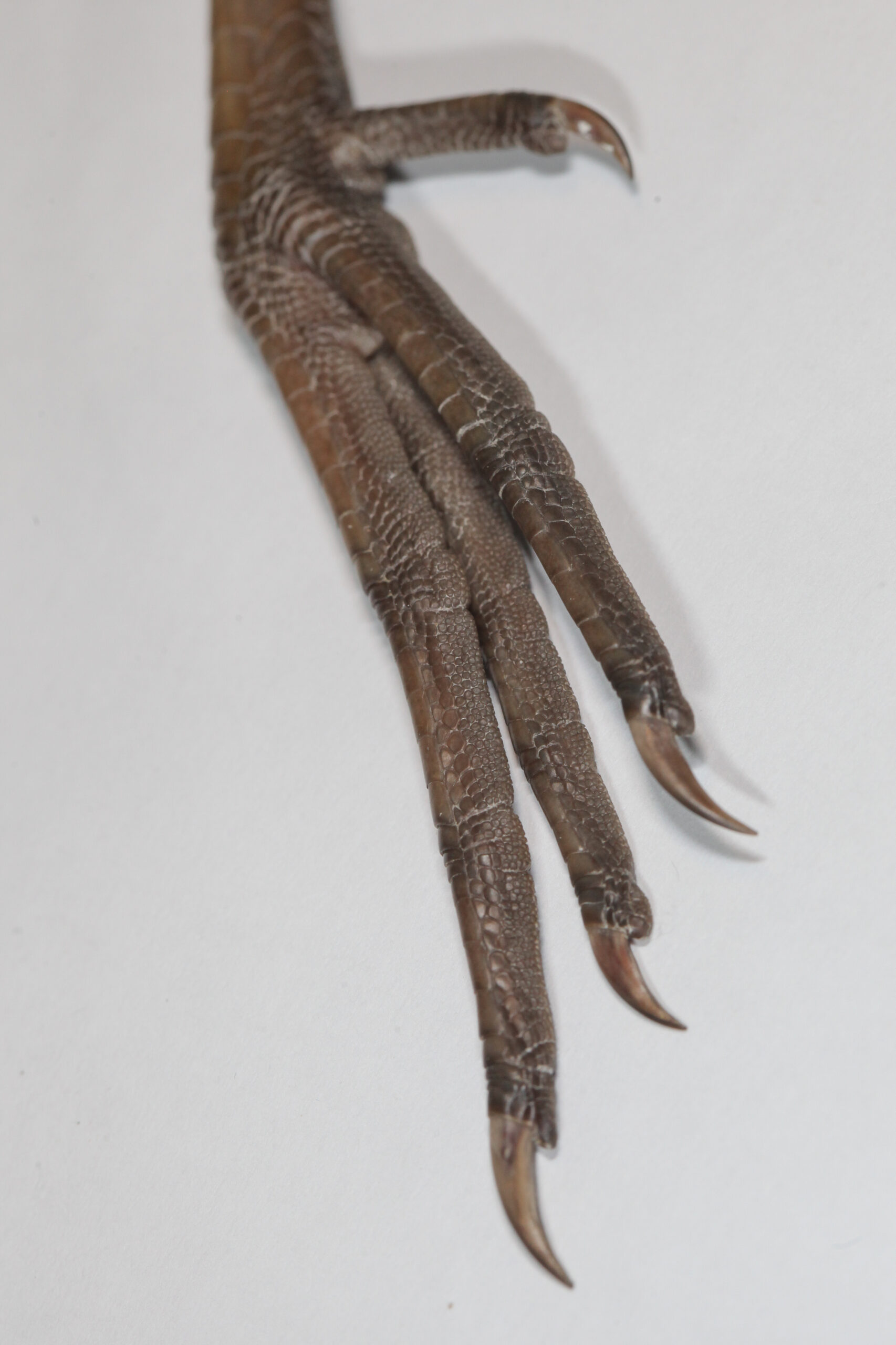
The water rail’s diet is very diverse, ranging from fish and amphibians to various invertebrates, such as molluscs and insects or their larvae, supplemented with fruits, seeds and carrion as well. Their relatively large eyes enable water rails to detect a potential meal and their powerful legs and slightly curved long bill help them catch and dismantle food. Contrastingly, water rails show little sensory ability in their bill tip compared to other birds gathering their food on touch in the soil, like a Godwit or Common snipe, which show much more nerve endings near the tip. This emphasises the important role of water rail’s eyes while hunting instead of touch.

